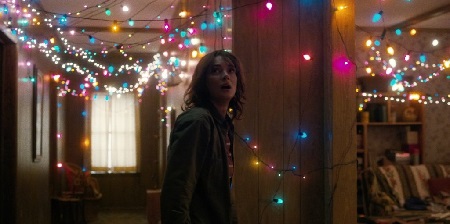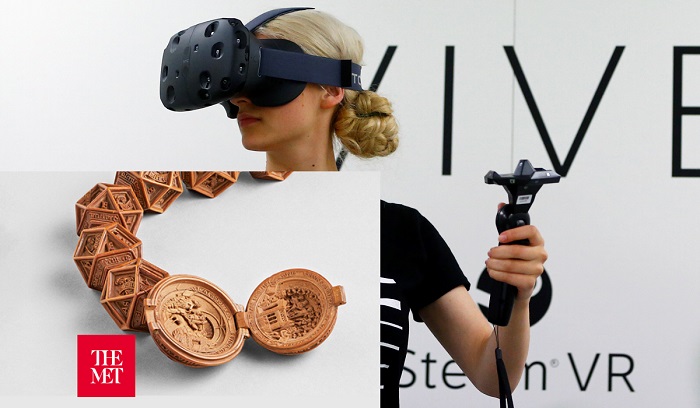
Movie remakes have been a staple of Hollywood for decades. They can reintroduce classic stories to new generations and update them with the latest technology, much like how online casino and online slots platforms reimagine traditional casino games for the digital age.
On the other hand, more cynical viewers might view movie remakes as easy “cash grab” attempts. Whatever your view on movie remakes, they come in all shapes and sizes, spanning genres, eras, and styles. While many fail to live up to the originals they’re based on, they occasionally match or even exceed them.
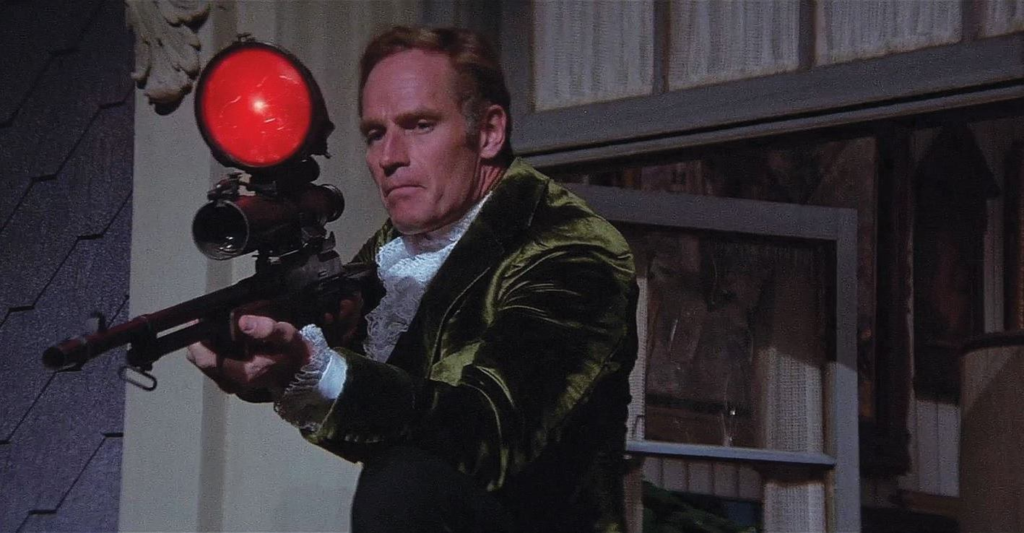
Charleton Heston scoping out mutants with an infra-red scope rifle in The Omega Man. More on this film below.
So, which are the most (and least) successful movie remakes of all time? To find out, our friends at Spin Genie ranked some of the biggest movie remakes based on their critical reviews, box office revenue, and Google searches. We’ve then done the same (sorry some of the figures shown on the charts below are in US dollars but with today’s exchange rate you can multiple by 1.37 for CAD) for the original movies they were based on and worked out the difference in scores.
The most successful movie remakes
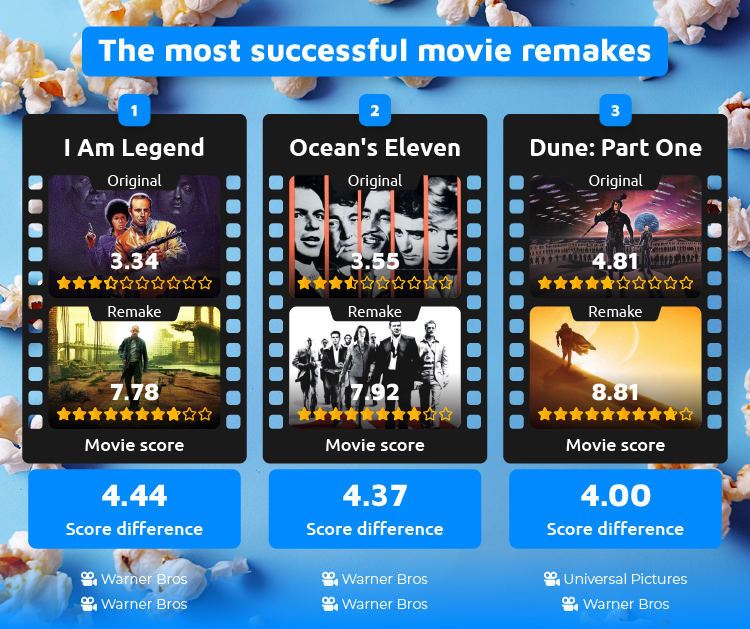
1. I Am Legend
Original movie score: 3.34
Remake movie score: 7.78
Score difference: 4.44
The 2007 adaptation of I Am Legend, starring Will Smith, stands out as a significant improvement over the 1971 version, The Omega Man that starred Charleton Heston. The remake received good reviews (particularly for Smith’s performance) and, at the time, was the highest-grossing non-Christmas film to ever release in December. On the other hand, The Omega Man received a much more mixed reception and grossed just $7.7 million USD (adjusted for inflation). A sequel to the remake is currently in the works, with Michael B. Jordan set to appear alongside Will Smith.
2. Ocean’s Eleven
Original movie score: 3.55
Remake movie score: 7.92
Score difference: 4.37
The 2001 remake of Ocean’s Eleven transformed the original 1960 Rat Pack classic into a modern heist film with an all-star cast including George Clooney, Brad Pitt, and Julia Roberts. It improved on the original in each factor, being praised for its stylish direction, witty script, and ensemble cast. The remake’s success led to two sequels and a spin-off with an all-female lead cast. It also influenced the wider movie industry, with numerous heist films produced in the following years.
3. Dune: Part One
Original movie score: 4.81
Remake movie score: 8.81
Score difference: 4.00
Canadian director Denis Villeneuve’s 2021 adaptation of Dune brought Frank Herbert’s epic science fiction novel to life with stunning visuals, a stellar cast, and a faithful yet innovative approach. The remake vastly improved (debatable to those that grew up loving the original version) upon David Lynch’s 1984 version, which had been criticized for its convoluted plot and lacklustre special effects. (Also debatable to original fans, especially when a new much longer cut of the film exists to tackle these complaints.)
The sequel, Dune: Part Two, came out earlier this year and improved even further on Part One in its critical reception and box office revenue.
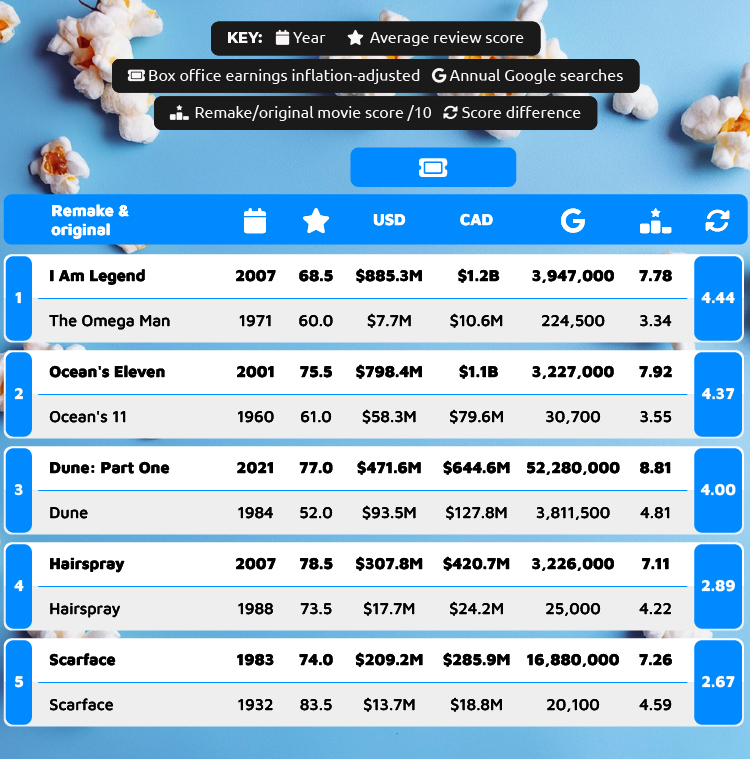
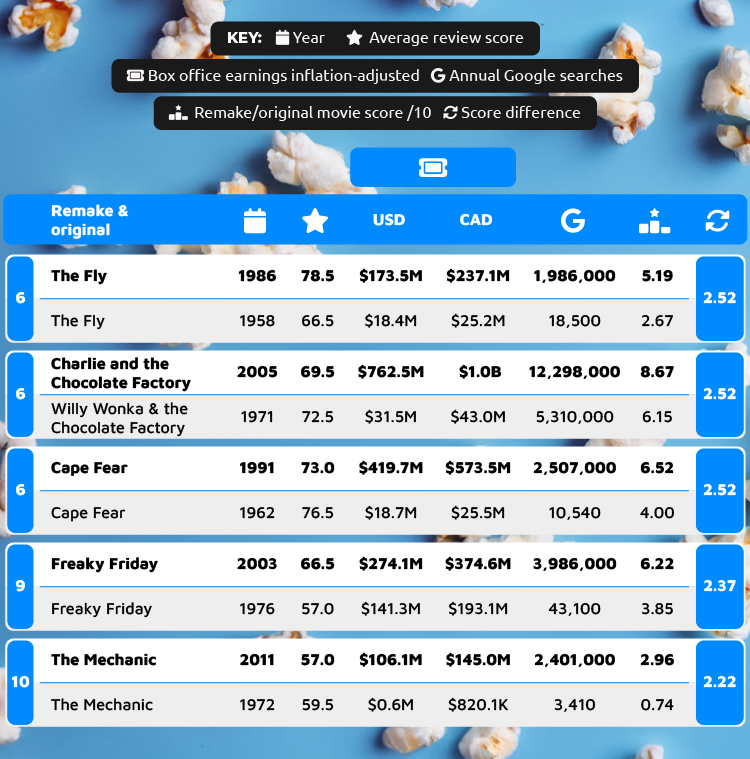

The least successful movie remakes
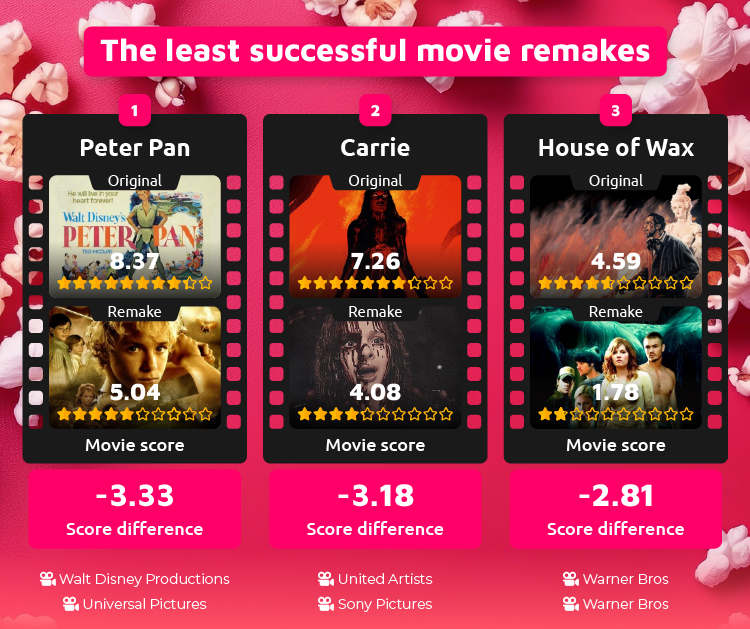
1. Peter Pan
Original movie score: 8.37
Remake movie score: 5.04
Score difference: -3.33
The 2003 adaptation of Peter Pan failed to capture the magic of the original 1953 Disney classic, scoring significantly worse for reviews and revenue. The remake received ok reviews, but they were nowhere near the animated original, which is beloved for its timeless charm and classic story. Financially, the remake was a failure, grossing $207.9 million USD, which resulted in a financial loss compared to the film’s budget.
2. Carrie
Original movie score: 7.26
Remake movie score: 4.08
Score difference: -3.18
The 2013 remake of Carrie failed to live up to the 1976 original, which is considered a horror classic. The remake’s attempts to modernize Stephen King’s tale didn’t impress critics or audiences, with an average review score of 55.5 and inflation-adjusted revenue of $114.1 million USD. The original film, known for its intense atmosphere and Sissy Spacek’s iconic performance, set a high bar that the remake could not reach.
3. House of Wax
Original movie score: 4.59
Remake movie score: 1.78
Score difference: -2.81
While the original House of Wax didn’t score very highly, with 4.59, that’s still an improvement of 2.81 on the 2005 remake, putting it in third place. Despite its modern special effects and star-studded cast, the remake couldn’t match the original’s eerie atmosphere and Vincent Price’s memorable performance. The original has an average critic score of 69, and its reputation has improved over the years, unlike the remake.

Much maligned- The Remake of Planet of The Apes by Tim Burton. Not as bad as you remember.
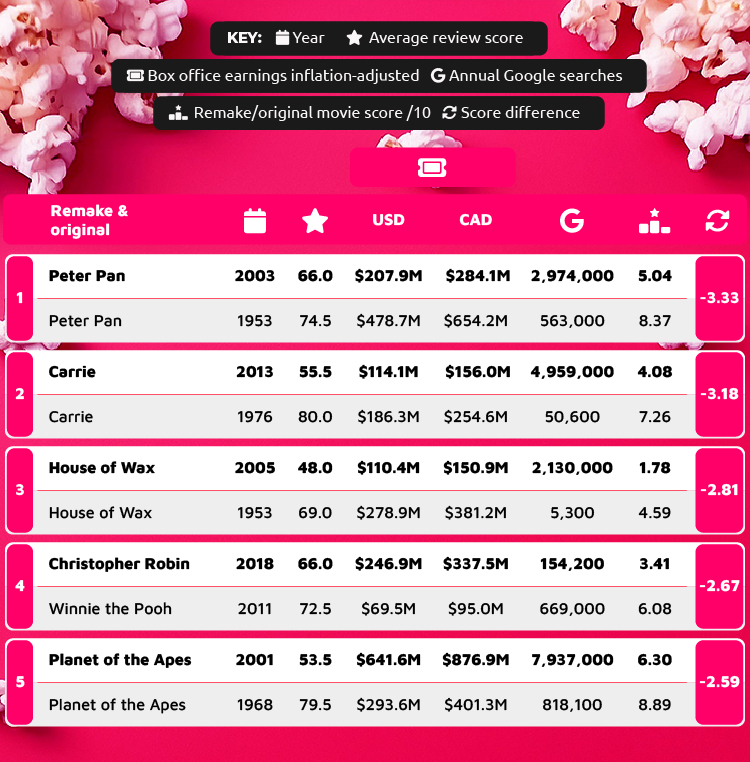
Which remake has the best reviews?

A Star is Born – 82 out of 100
The movie remake that resonated with movie critics the most is the 2018 version of A Star is Born, with an average score of 82 out of 100. The musical romantic drama was Bradley Cooper’s directorial debut and is the third remake of the 1937 original. It was one of the biggest films of 2018, and critics raved about the performances of Cooper, Lady Gaga, Sam Elliott, and the soundtrack. It also won numerous awards, getting eight nominations at the 91st Academy Awards.
Which remake made the most money?

Beauty and the Beast – $1.6 billion USD / $2.2 billion CAD (inflation-adjusted)
Financially, Disney’s 2017 Beauty and the Beast is the most successful movie remake, with an inflation-adjusted box office total of $1.6 billion USD. It opened to a record-breaking debut, becoming the second-highest-grossing film of 2017 and the tenth-highest of all time. The enduring popularity of the original and the nostalgia of adults who grew up with no doubt helped the film’s incredible box office success.
Which remake is the most searched?
Dune: Part One – 52.3 million annual searches
The remake with the most online popularity is Dune, with over 52 million searches. This is undoubtedly helped by the fact that the series is currently extremely popular due to the release of Part Two earlier this year, but it shows just how successful the remakes have been. The series has been considered a tough one to adapt due to the intricate nature of the novel, but the films have proven hugely successful.
Methodology
We compiled a list of movie remakes and their originals using IMDb, looking at the most-reviewed remakes. We included the original version of each movie and compared it to the most recent adaptation. For movies remade multiple times with multiple popular remakes, we included each popular remake. We did not include spinoffs, prequels, or sequels. We did not include TV films, streaming releases, or rental earnings. We removed all movies for which the relevant data was unavailable.
We calculated each movie’s average review score using IMDb and Metacritic review scores on 03/06/24.
We sourced the box office earnings of each movie using Box Office Mojo. Where unavailable, we used Wikipedia, The-Numbers, IMDb, Variety, Den of Geek, Or of Involving Motion Pictures, and AFI Catalog. We included earnings from the original release of each movie, looking at worldwide earnings wherever possible. All figures were sourced in USD and adjusted for inflation as of 2024 using the US Inflation Calculator. Figures were converted to CAD using Google Finance on 07/06/24.
We sourced the number of Google searches for each movie using Google Ads Keyword Planner, looking at global Google searches from 1/05/23 to 30/04/24.
We gave each original movie and each movie remake a normalized score out of 10 for each factor before calculating the average score out of 10 for each movie. We compared the score out of 10 for each original film and its remake to reveal the most and least successful remakes. For the Silo, Charlotte Green.

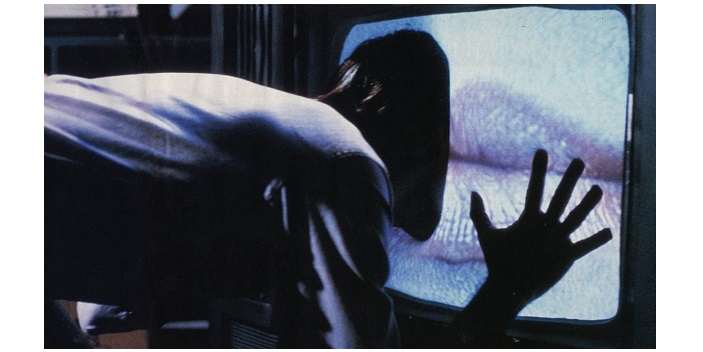
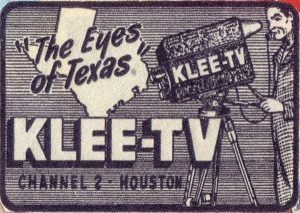 Though debunkers have stated that this story first appeared in Readers Digest, it actually was first reported in 1953 by TV Guide: a viewer based magazine that organized and listed television programming and reviewed highlighted television shows. Hugely successful and widely distributed- it seems counter-intuitive to consider how this might affect an already paranoid and anxious viewer body. After all, the Cold War and the Space Race were underway. Many Americans were building nuclear bomb shelters and keeping their eyes to the skies.
Though debunkers have stated that this story first appeared in Readers Digest, it actually was first reported in 1953 by TV Guide: a viewer based magazine that organized and listed television programming and reviewed highlighted television shows. Hugely successful and widely distributed- it seems counter-intuitive to consider how this might affect an already paranoid and anxious viewer body. After all, the Cold War and the Space Race were underway. Many Americans were building nuclear bomb shelters and keeping their eyes to the skies.